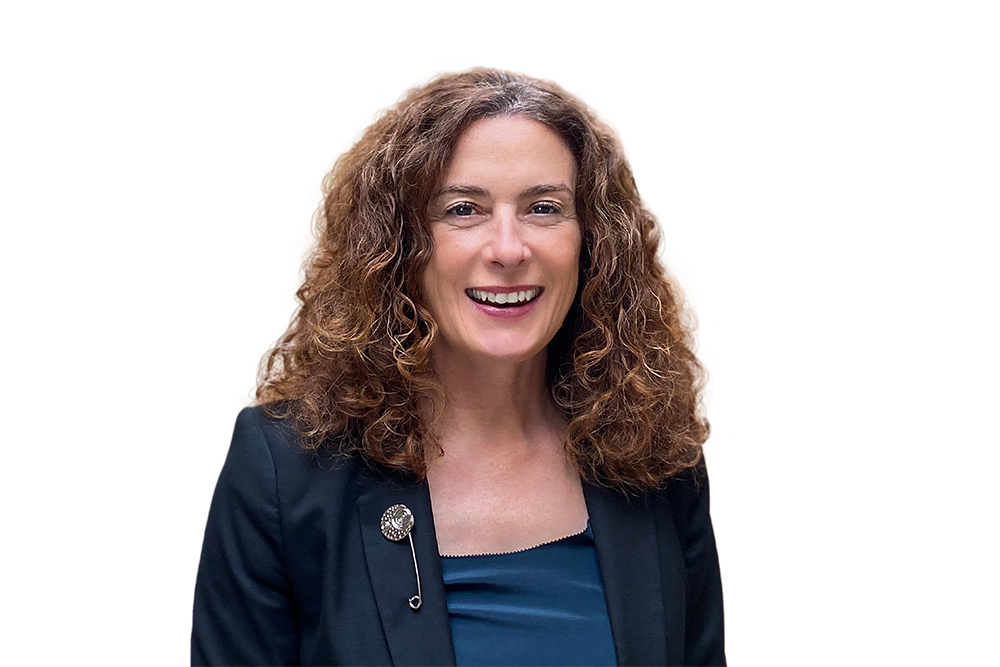Shaping a New Story for our Teams

The way our priorities and anchor points have shifted in the last two years is fascinating. It was a privilege to take time for a conversation about this topic in a Senior Team Effectiveness Q&A session held by RHR International with a group of leaders and my colleague Cristina Jimenez.
Incorporating the experiences of those who joined the discussion and RHR’s research on the topic, we explored how senior teams are working differently post-pandemic. Looking at our research first, we analyzed 69 high-performing top teams in two finite periods (2018 to early 2020 and 2020 to 2022) to see how team priorities have changed.
So, what’s different about the way effective top teams are working compared to two years ago?
- Culture is now a more significant part of the conversation. In fact, having a healthy culture is the predominant topic post-pandemic. It’s now recognized as critical to business success, not just thought of as a nice to have. Discussions about culture focus on increasing the resources for improving culture and needing a more employee-centered culture and better work/life balance.
- Employee engagement is being discussed more. Respondents to our research conveyed the need to improve engagement, invest in employee development, and ensure employee well-being. Engagement is part of a more extensive conversation post-pandemic about the need to center our work around who we are and why we exist.
- Patience. While urgency was mentioned to a greater extent pre-COVID-19, patience is being talked about by top teams much more post-pandemic. Specifically, comments relate to a need for patience, both with employees and when making decisions. Although the needs, opportunities, and challenges for senior teams have stayed consistent, how they are being managed is very different.
- Trust is mentioned significantly more post-COVID-19. While this might come as no surprise, as trust has always been high on the agenda, the need now is to develop trust across the organization and not just among the senior team. This is validated by external studies on the need for trust in businesses and their leaders.
- Transparency. What we mean by transparency has changed since pre-pandemic times. The focus of transparency is now on clarity—about how decisions are made, the direction of the organization, and openness in communication about the things we value at work.
Why the change in focus?
While leaders have demonstrated how resilient they are in the face of turbulence and can continue to deliver even in tough times, culture has become more salient. As my colleague Cristina said, culture was something that we perhaps took for granted in the past, but it’s become evident that we can’t move our business priorities forward if we don’t have a healthy culture.
A respectful, inclusive environment with a sense of psychological safety is deeply tied to the retention, commitment, and performance of our people. And in a hybrid or remote working environment, culture has become more prevalent as people explore new ways to find the interconnectedness they experienced in a face-to-face setting.
Our most creative, most innovative, and best ideas often emerge when we make relational connections with others, so it’s essential to have a culture that enables this. As Cristina said, we can’t co-create in isolation; we need the space between our focus time to connect with others.
Bringing more humanity to leadership
The role of the senior team and the part they play in promoting a healthy organizational culture has changed. In the past, the senior team was charged with mobilizing the organization, creating shareholder returns, and ensuring strategy was executed.
There is now an expectation that the top team will lead with humanity in a way that is less about transactional efficiency and more about instilling a sense of belonging. And it’s not just about making people feel good; it’s central to the high-performing organization.
Cristina shared some thoughts and tips on how to start this process with shaping a new story in mind:
- Be self-reflective, curious, and observant.
- Show vulnerability and model compassion.
- Be clear and transparent in your communication.
- Be courageous enough to learn, make mistakes, and have difficult conversations.
- Be intentional when creating interpersonal connections.
Our new story needs to be one in which we enable everyone to bring their best selves forward and one that we can all focus on and get behind.
Thinking about your own experience, where do you find space for creativity and innovation? To what extent does your culture facilitate that? How could you be more curious and observant about the team around you? Do you role-model humanity and compassion in all that you do?
I hope this has provided some food for thought about how you might shape a new story for your organization. For more ideas, you can download our checklist for shaping a new story.
RHR will be running a series of Senior Team Effectiveness webinars throughout the year. If you’re a senior leader looking to improve senior team effectiveness and would like to attend our next webinar, please register your interest here.






